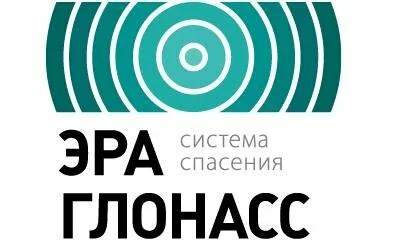Glonass era is approaching

According to the government resolution “On the creation of an automated emergency response system in case of ERA-GLONASS accidents,” Russia plans to deploy a system designed to reduce the consequences of accidents by increasing the speed of emergency services.
Rescue Service to the rescue
Based on European statistics, the average response time for an accident in a modern metropolis is more than 20 minutes. For Russia, this time may be somewhat longer.

Components can fluctuate depending on the severity of the incident, terrain conditions and the presence of communication, but in any case, every minute can have critical consequences.
')
The rule of the golden hour
In emergency medicine, the time from several minutes to several hours, during which life is most likely to be saved, is called the “Golden hour”.

The graph, in temporal chronology, shows the three most common causes leading to death in road traffic accidents:
- heart failure
- respiratory arrest
- extensive bleeding
As you can see, minutes play a big role in saving lives.
System description
To implement the system, an electronic unit with a GLONASS / GPS chip must be installed in the car, which at the time of the accident will have to transmit via the cellular networks: coordinates, information about the accident and establish voice communication between the response service and the vehicle.
The general scheme of the system looks like this:

- At the time of the accident, the information about the accident (airbag triggering, accelerometer data, etc.) and general vehicle data (VIN code and user data set) is sent to the electronic unit via the CAN bus of the vehicle.
- The block determines the coordinates on the ground and the voice call to the receiving center (PSAP) takes place. In the first few milliseconds, a minimum data set (MSD) is transmitted over the voice channel, containing: vehicle coordinates, information read by the unit from the on-board computer and / or accelerometer. After that, a speakerphone is established between the car and the emergency operator. Even if the participant of the accident is trapped in a wrecked car, he will be able to speak with the operator on the speakerphone.
- In the response center, the data are consolidated and supplemented by the existing databases, after which, they are automatically transferred to emergency services.
- Emergency services have all the necessary information to respond to an incident as quickly as possible.
Guaranteed communication channel
Using channel 112 to transmit information will provide the ability to establish communication regardless of the coverage of a particular operator.
For guaranteed information transfer, a voice channel is used, which is known to have the highest priority in cellular networks. For the transfer of MSD, specialized algorithms are provided that allow, depending on the quality of communication, to use different transmission speeds.
The unit will repeat attempts to transmit MSD at different speeds until receiving notification of receipt from the server.
MSD transmission options are available in Push and Pull mode. To re-request a data packet, you can use the Pull mode and the block will re-transmit information during the same voice session.
MSD involves the transfer of both mandatory parameters, such as: geographical coordinates, accident parameters, vehicle parameters, and user parameters.
Response rate
After the launch of the automatic response system, based on the experience of European countries, you can expect to reduce the response time by 40%.

The era of glonass is approaching
The wait is not long, the start time of the program is January 1, 2014.
Since when will 100% of all new cars be equipped without fail with units ensuring participation in the program - the question is open.
Also, the need to include in the program of cars of the secondary market and cars imported from abroad is discussed.
Source: https://habr.com/ru/post/158083/
All Articles